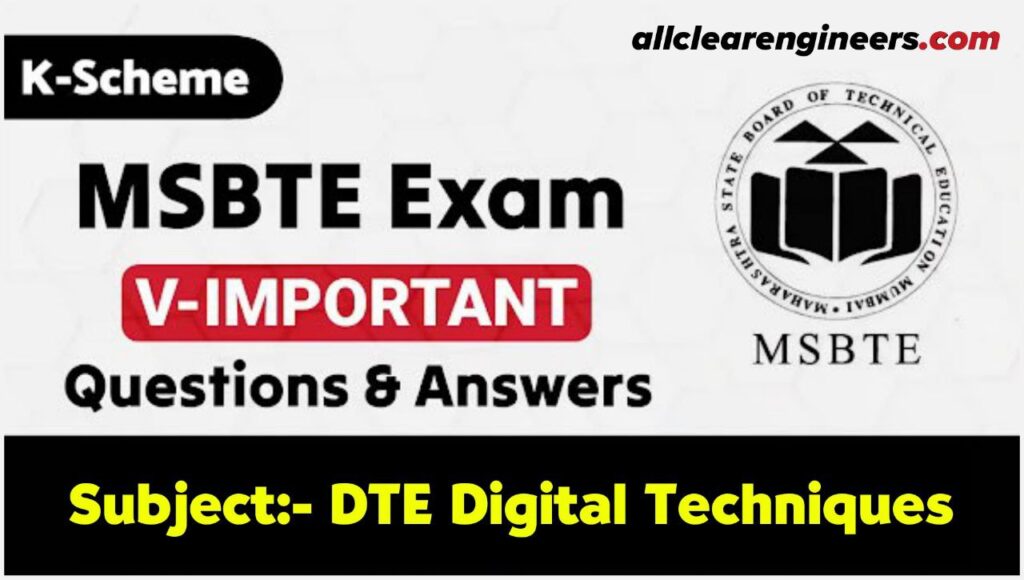Unit I: Number Systems (8 Marks)
Unit I: Number Systems (8 Marks)
Topics Covered:
- Types of Number Systems: Binary, Octal, Decimal, Hexadecimal.
- Conversions between systems (e.g., Binary to Decimal).
- Binary Arithmetic: Addition, Subtraction (1’s and 2’s complement), Multiplication, Division.
- Common Codes: BCD, Gray Code, Excess-3, ASCII, and their conversions.
- BCD Arithmetic: Addition and subtraction using 9’s and 10’s complements.
Unit II: Logic Gates and Boolean Algebra (12 Marks)
Unit II: Logic Gates and Boolean Algebra (12 Marks)
Topics Covered:
- Characteristics of logic families: TTL, CMOS, and ECL.
- Basic Logic Gates: AND, OR, NOT.
- Universal Gates: NAND, NOR.
- Boolean Algebra: Laws, Duality Theorem, and De-Morgan’s Theorems.
Unit III: Sequential Logic Circuits (18 Marks)
Unit III: Sequential Logic Circuits (18 Marks)
Topics Covered:
- Sequential vs Combinational circuits.
- Flip-Flops: SR, JK, T, D (with truth tables and logic circuits).
- Counters: Synchronous, Asynchronous, MOD-N, Decade, and Ring Counters.
- Shift Registers: SISO, PIPO, SIPO, PISO.
Unit IV: Combinational Logic Circuits (18 Marks)
Unit IV: Combinational Logic Circuits (18 Marks)
Topics Covered:
- SOP and POS representations.
- Boolean minimization using K-Maps (up to 4 variables).
- Arithmetic Circuits: Half-Adder, Full-Adder, Subtractors.
- Encoders, Decoders, Multiplexers, and Demultiplexers.
Unit V: Data Converters and Memories (14 Marks)
Unit V: Data Converters and Memories (14 Marks)
Topics Covered:
- Digital-to-Analog Converters (DAC): Weighted Resistor DAC, R-2R Ladder DAC.
- Analog-to-Digital Converters (ADC): Dual Slope, Flash, Successive Approximation ADC.
- Memory Systems: RAM, ROM, PROM, Flash Memory, SSD features.
MSBTE Study Group
Join here

